Development of a Virtual Classroom with Intelligence Virtual Tutor
Virtual Learning Platform
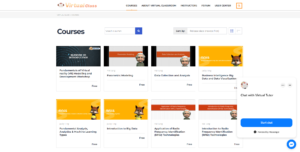

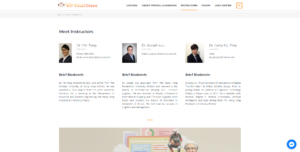
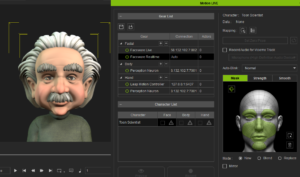
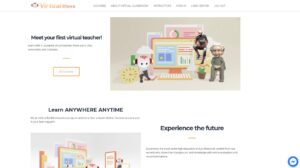
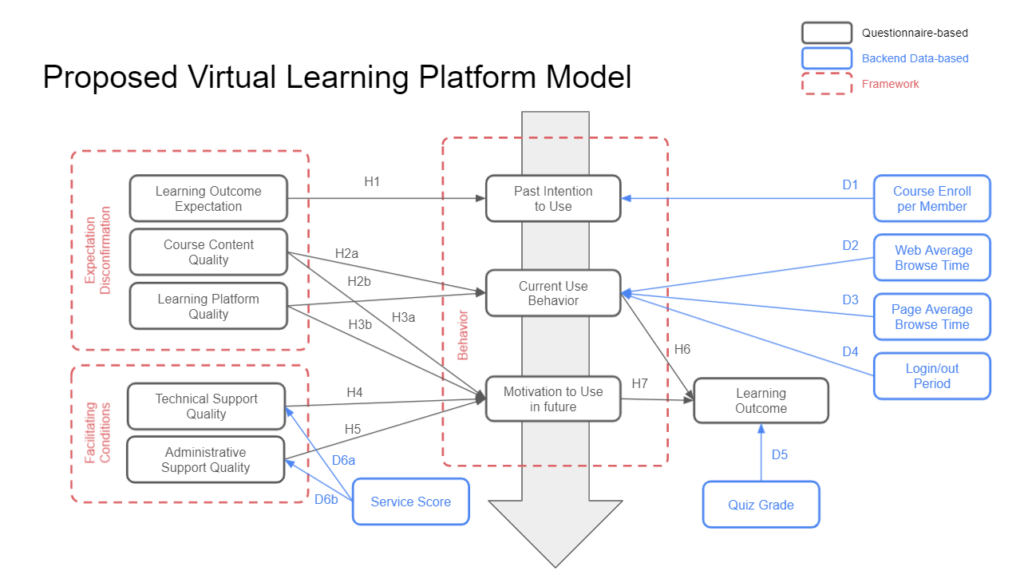
Virtual tutorials are vital for students to obtain practical information outside of the classroom and to enable the application of classroom ideas and knowledges in the digital age. It also aids in the evolution of the traditional e-learning method by using a virtual classroom with an intelligent virtual instructor to have a greater influence on e-learning with pedagogical consequences. Virtual tutorials are in high demand to substitute face-to-face tutorials in crucial circumstances when students and instructors are unable to meet in physical classrooms, such as when travel is halted due to terrible weather conditions or when Hong Kong is experiencing serious social disturbance.
In this project, a web-based virtual classroom is developed to provide an online learning platform. The platform aims to embed a learning system with lecture videos and after-class assessments. Figure 1 shows the system overview of the system. In addition, the platform aims to provide an automated communication and intelligent supporting service from a virtual tutor which provides a tailor-made learning path and academic advice as a supplement to face-to-face lectures. The system is deployed in a web platform as shown in Figure 2. In order to suggest a study path and provide academic advising for students, a chatbot is embedded in the web application. NLP is used to recognize keywords and answer common-asked questions automatically. Study path suggestions on course selection are pre-set in the chatbot system, therefore advice can be made immediately to users.

Fig. 1

Fig. 2
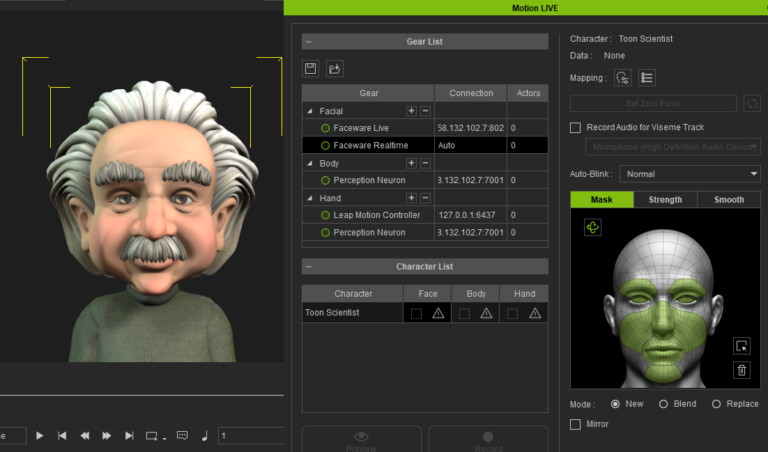
Fig. 3
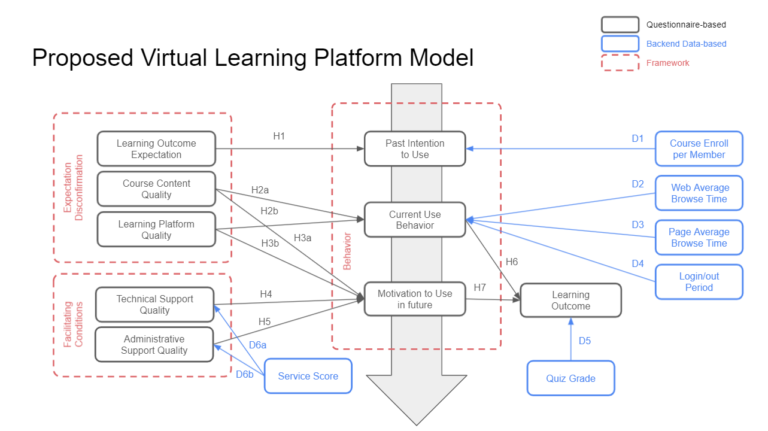
Fig. 4
For the online courses, virtual avatars are used to replace lecturers. Figure 3 shows the facial capture system used for building facial responses of the virtual avatar. Realtime facial expression of lectures is captured with the software. The expressions will be generated to the virtual avatar later to make it “human-like”. In video courses, the avatar acts as a virtual lecturer to deliver a course. It reduces the present of human tutors while keeps the realism of a tutor.
Figure 4 presents the research model of this project. Questionnaire data will be used to evluate the user intention, behavior and motivation so as to investigate the learning outcomes. Some back-end data will be retrived to see if student response of questionnaire matches the backend statistics.





